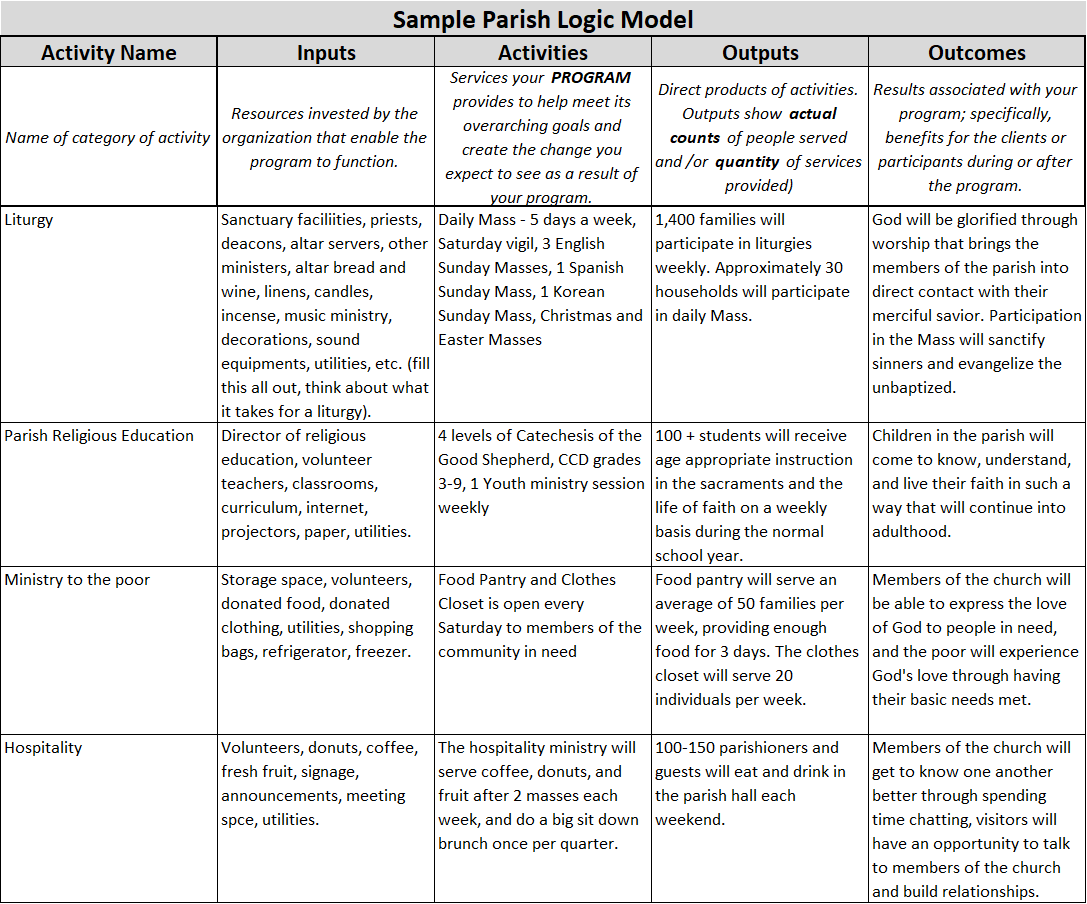Let’s get logical
Last week, we walked through how to create a snapshot of your current fundraising activities. The first part of creating your game plan is having a clear picture of what you’re already doing.
The second part of planning is knowing what a touchdown looks like. Quarterbacks don’t practice hours on end in order to throw the perfect pass… they practice so they can throw touchdowns. The pass is the means to the end.
Remember that money is not the reason that you’re fundraising. You’re raising money to accomplish a mission. People don’t give to your church or ministry simply to fill the bank account, they give because they want to accomplish something that they think is important.
How do you explain your mission to potential donors?
One of my major pet peeves as a fundraiser are statements like, “It costs a lot of money to run the air conditioner around here” or “We need your gift to help keep the lights on.” Do your donors really get excited about paying the electricity bill? No! That is not inspiring in the slightest.
Instead, you need to help them to see how their gift will make something amazing happen. “Your gift will enable our parish to worship God in a way that is worthy of so great a Savior.” Does that mean that you can’t pay the electric bill with part of that gift? No. But your explanation shows your donor that you understand the bigger picture. That the money is going towards a bigger end goal that is IMPORTANT.
Think about the logic behind your activities.
Your mission is not just a vague statement of purpose. Your church or ministry has (or should have) some concrete activities that flow out from that mission. What specific activities do you undertake to accomplish your mission, and what do they cost?
Your next task is to think about the concrete activities that your fundraising supports. We’re going to use a tool called a “Logic Model” to help you think about your activities. Read an in-depth article about Logic Models here.
A logic model for a parish gives us a snapshot of the primary activities of the Church. Each row will describe one category of activities and is broken into four different columns:
- Inputs – These are the resources needed for a specific activity and can include costs like staff, facilities, consumable supplies, utilities, marketing, etc.
- Activities – These are the regular activities that are performed by people involved in the program.
- Outputs – The outputs are the measurable results of your activities. Yes, you can measure things inside the Church to find out if you’re doing what you think you’re doing.
- Outcomes – The outcome is the final result of your activities. What long-term benefits or results come as the result of your activities.
Clarity and Simplicity is Key!
It’s easy to confuse outputs and outcomes. Think of it as the difference between short-term and long-term results. A young adult ministry might get 100 college students to appear at a Thursday night “Theology on Tap” (output). The long-term goal is for the students to come to a more vibrant understanding of their faith and live it more fully into adulthood (outcome).
Think about the activities in your parish or ministry and start trying to formulate a logic model that contains all of the different sets of activities. Don’t worry if this takes some mental wrestling. Most people have not taken the time to sit down and write down the links between what they’re doing and what they’re trying to accomplish.
Your logic model only needs to be long enough to address the major categories of activities. So parish religious education would be a separate row from liturgical ministry, but you probably don’t need separate rows for 4th and 5th-grade religious education.
Here’s a sample logic model for a parish for you to take a look at. Click the photo or the link below to download the spreadsheet.

In terms of fundraising, you should notice something right away. The fundraising pitch that says, “It takes a lot of money to keep the lights on,” is focused on the inputs column. This is the wrong focus. People give because of what they see in the outcome column. The outcome is the reason that your church or ministry exists. Without the right outcome, none of the inputs, activities, or outputs matter in the slightest. The outcome is the big picture.
Next week, I’ll tell you how to use your new logic model to create your Case for Support – the fundraiser’s most important tool.
Need some new ideas on how to fundraise? Check out The Fundraiser’s Playbook and find the fundraising strategy that will work best for you!
Image courtesy of Pixabay.com, via Creative Commons License, no rights reserved.










